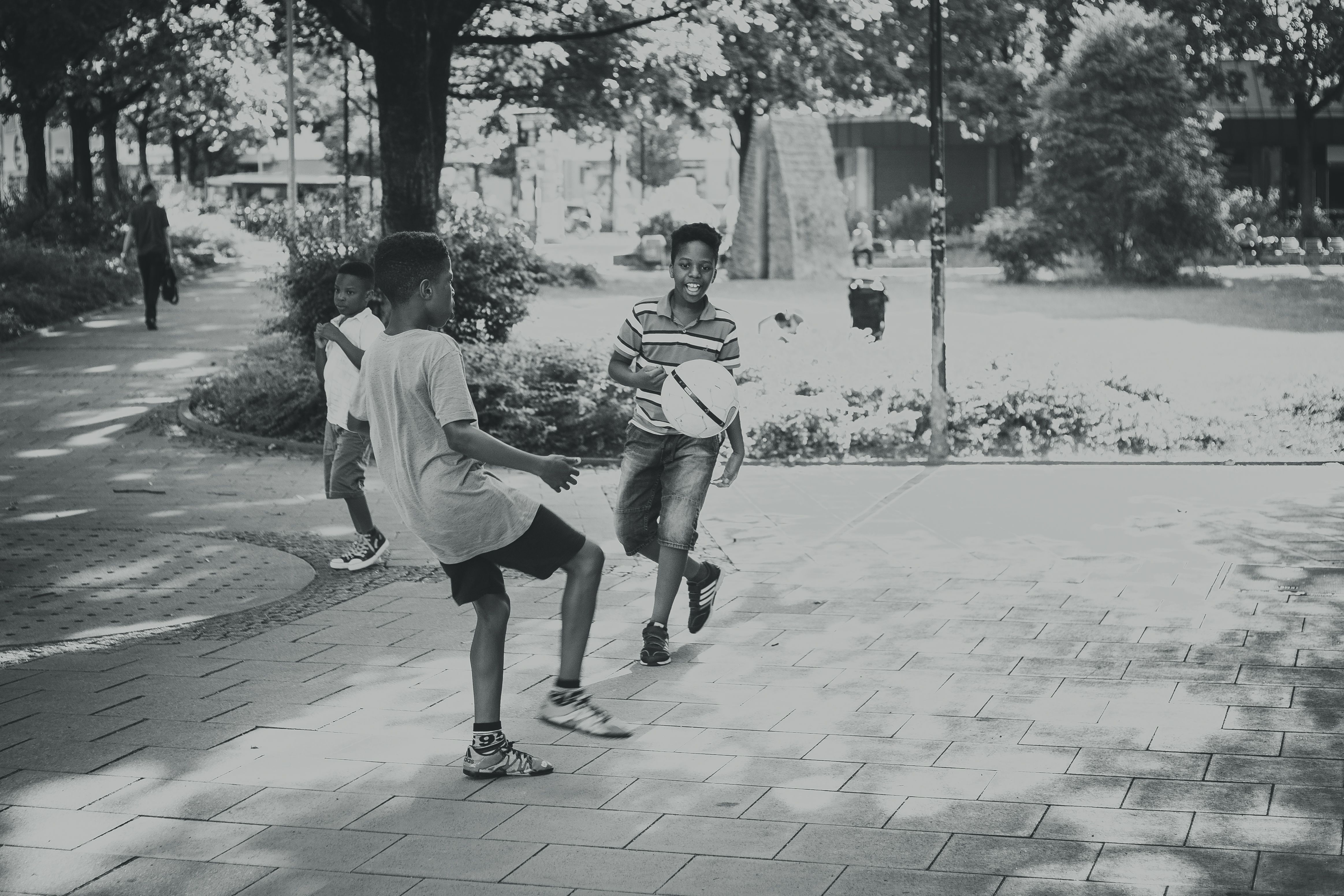
Take a self-care break…with our brand-new soaps, self-care kits, meditation guides, and this, and that! (And this, and that.) In a world where wellness seems synonymous with buying things, it can be overwhelming to decide what to do even before considering, “what’ll make me feel better?” A good spa day can alleviate stress, but peace can be found without purchases.
It may seem like everyone from your doctor to your friends preaches about exercise—and insofar as it’s for wellness, they’re right. If you’re able to, it never hurts to add a little movement to your day. But regular exercise isn’t accessible for everyone, whether it’s due to mobility or proximity to fitness-friendly areas. Not to mention how too often, our fitness becomes entwined with standards like the “ideal” physique; standards, which can become indistinct from our personal health goals. Still, a healthy moderation can be found—one which may center fitness still, but as a tool rather than a catch-all for wellness itself.
Yet exercise is just the beginning. Central to wellness is one question: what do the things you do, do for you? Is there a certain time of day or routine that’s hampering your day? If so, are there ways you can either alleviate or circumvent them? If not, what can you do in the meantime for you?
Vague as these prompts are, we have some suggestions to get you started. Know that these are merely suggestions; do what benefits you in the end.
- Get seven-to-eight hours of sleep. We know, we know. It’s the age-old adage—sleep is good, sleep is healthy. But a task is just a task, no matter how urgent. You’ll be much more efficient and produce higher-quality work, anyhow, if you get adequate sleep. In fact, six hours of sleep a night can deplete your functionality the same as two all-nighters would (Van Dongen et. al 04)!
- Try new things! Doesn’t have to be major. This could mean anything from switching up your commute to incorporating a new habit. While change is difficult on a day-to-day level, it is cumulative. At the risk of relying on cliches, even a one-percent improvement per day, multiplied over a year, impacts by a factor of 37.8. And even if the new thing doesn’t pan out, you do not live for palatability or others’ consumption.
- Catalogue your day. When we get into a routine, it can be difficult to categorize what’s inhibiting and what’s helping us. By enhancing our self-and-surroundings’ awareness, we can take the first step toward improving our everyday wellness. Reflection, however, is not judgment. Take note of the things that comprise your day without demeaning their role in the grand scheme of things.
And, above all:
- Save for your legal and moral obligations, there’s no way you should do something. So do it as you can. Can’t do your bed in the morning? Do it in the afternoon. Roll up your sheets instead of squaring them away. Convention can guide you without dictating your day-to-day life. You may not always do the “right” thing, but is there truly any right way to live?
- Take some time to be mindful. Doesn’t have to be long or fancy. Meditation has long been demonstrated to rewire the brain for the better (NCCIH 2016), but even noting the way your body feels when you breathe, or your head and eyes as you read this article, can be mindful.
We often consider wellness as a collection of things to do—perhaps a resolution or a bucket list or immutable work schedule. Yet in the end, doing is just a gateway to being. Wellness is here, and it lives with you. Not a pursuit to be chased, not a means to an end. You deserve to be well; if wellness lies further than expected, you deserve the support you need to reacquaint yourself with it—be it from a mental health professional or other trusted company.
Sometimes we can’t avoid our emotional stressors or maintain the healthiest regimen. Sometimes all we can do is be.







